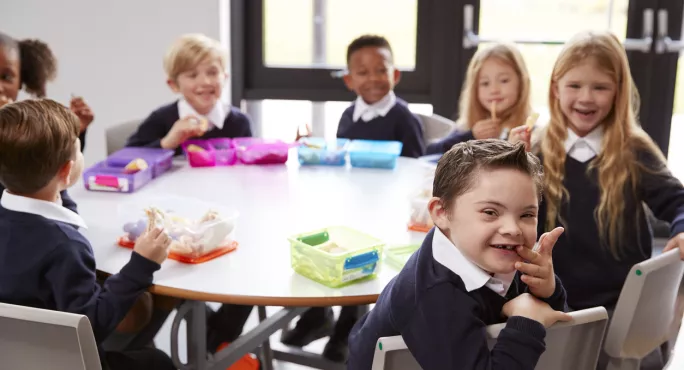As we plan and prepare for the new academic year after a long period of disruption, never has it been so important for our classrooms to be safe, welcoming environments that meet the learning and wellbeing needs of our students.
Of course, though, meeting the needs of learners with special educational needs and disability (SEND), especially within our main offer to our students, has been a challenge long before the word “Covid” entered our consciousness.
The beginning of a new academic year can be particularly powerful for this, not just for planning and preparing the practicalities of your role but for identifying your own ambitions and ethos for the year ahead.
More: 6 ways teachers can help pupils with dyspraxia
News: SEND review looking to reduce parent need for EHCPs
Need to know: How we teach RSE to pupils with SEND
Start big
We need to ask: what is it we want for our learners over the coming year? Is it the same for all of them, or are there exceptions and exemptions? What do we want to be able to say is better a year from now?
These questions are particularly critical for our students with SEND. They are often vulnerable to being excepted instead of fully and truly accepted, and of being swept up in additional learning, which takes them away from classroom expertise.
As we look ahead to September, let’s challenge ourselves to consider what we really want for our learners with SEND.
- How can we plan our activities, lessons, curricula and routines to acknowledge the range of abilities and needs we have in our schools?
- How do we ensure they have access to a high-quality, evidence-based education and are truly part of the school community education?
- How do we develop whole-school or whole-class routines to meet a more diverse range of needs?
Here are my suggestions for the year ahead:
1. Prioritise building strong, positive relationships
As teachers, we don’t need to know and understand every single type of additional need that might present in our classroom.
Instead, we need to understand the individuals in our own groups, learn their needs and work in a way that builds trust and increasing understanding of one another.
2. Work collaboratively
You are just one part of the team that sees each individual student safely and happily through childhood and into adulthood.
Make sure you speak to parents and carers as well as other staff working with a child in and out of school to ensure you are up to date on any expert advice, whether that be general advice on a specific need or professional reports written specifically about that child.
3. Take steps in the right direction, however small
Meeting diverse needs in the classroom can seem overwhelming - and it’s true, there’s a lot to do. But as individuals, we can’t accept the status quo for our students with SEND and we need to ensure that every decision, big or small, is made with a vision of a better future in mind.
We can’t change the world, but we can make a world of difference for the children we teach.
Nicole Dempsey is assistant principal at Dixons Trinity Academy



